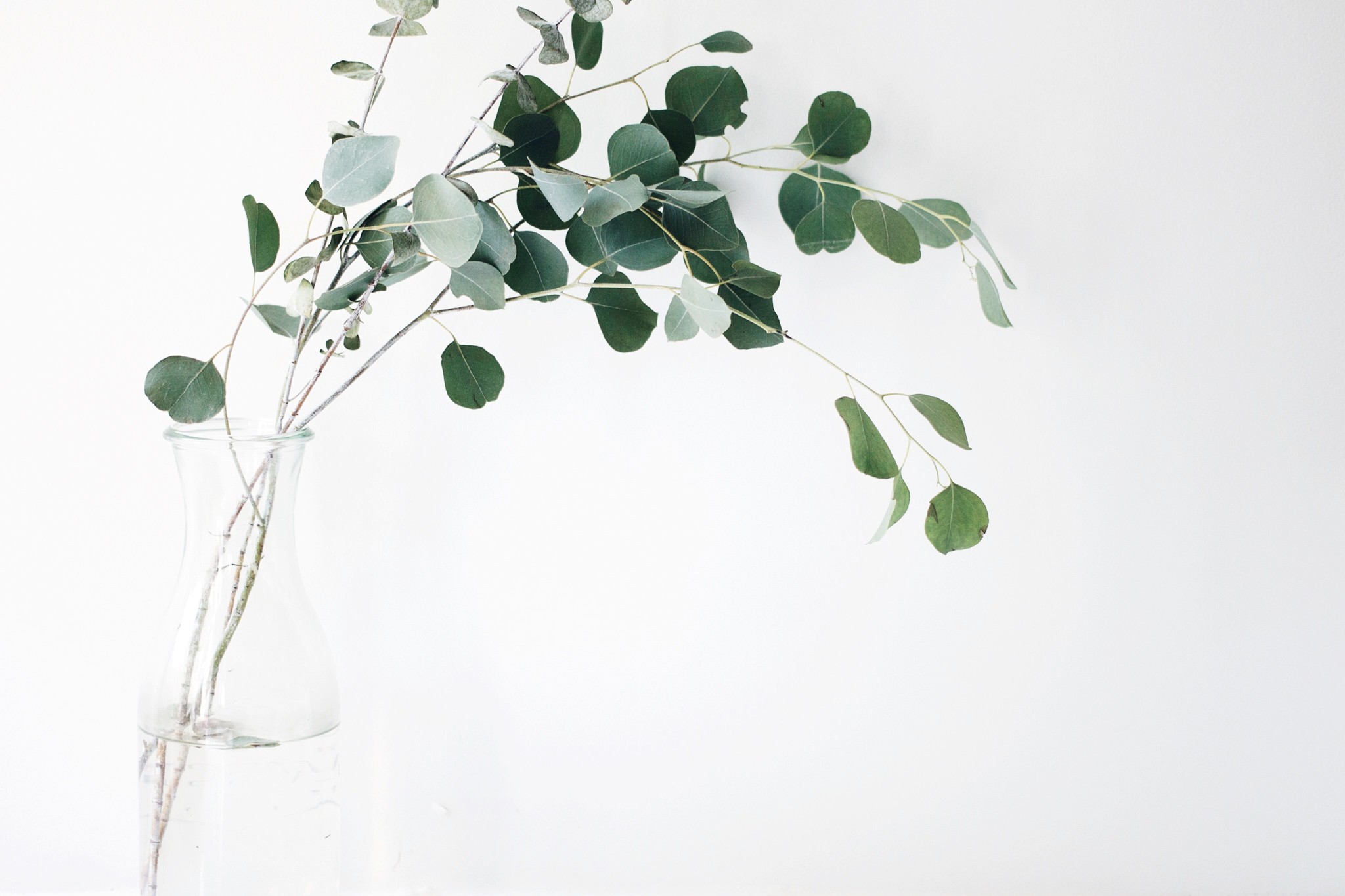How to Propagate Plants

Propagating plants is a great way to increase the number of plants you have. We love to give cuttings as gifts to family members and loved ones, as well as work at filling every last square foot of our house with plants. Here, we teach you the steps of propagating with cuttings as well as the division technique.
Propagating plants is a great way to increase the number of plants you have. We love to give cuttings as gifts to family members and loved ones, as well as work at filling every last square foot of our house with plants.
Propagating Plants Using Cuttings
To propagate from cuttings, for plants like pothos or philodendrons, you'll need scissors, a glass container, and the plant you want to propagate.
Find an area that you’d like to cut. The best cuttings contain 2-3 leaves and are around 4-8” long. Then, find the node (the knobby bump opposite where the stems and leaves attach to the main stem) and make a diagonal cut just below the lowest node of your cutting. The diagonal cut helps the new plant take in water and nutrients, and the node at the bottom is where the new roots will develop.
Fill a tall, skinny glass with water and place your cutting into the water. We recommend using clear glass for these plant propagation techniques because it will allow you to track root growth more easily, but any tall, skinny, watertight container will work in a pinch.
In about a week, roots will begin to sprout from the bottom of your cutting. Be sure to top off your water level so that the roots remain just below the surface. You should also completely change the water once or twice a week (or whenever it begins to get cloudy).
Once the root system has developed and you have at least one strong root that is about 4” long, it’s time to pot your new plant. Pot as per usual in a lightweight potting mix in a planter that is just big enough for your cutting. Place the new plant in filtered or indirect light until you begin to see new growth. Once there is new growth, you can move the plant to an area that provides its desired light level.
Since living in water is all your cutting has ever known, soil moisture and plant propagation go hand in hand. Water consistently to keep the soil at a consistent moisture level to ensure the new roots never dry out. Keep the soil moist (but not soaking) to avoid root rot. Some growers also put a terrarium top or plastic bag over the top of the plant to help it retain moisture (just be sure to poke some ventilation holes for air flow).
Slowly space out your waterings until the plant is on a normal watering schedule. Congratulations! You’ve propagated your first plant.
Propagating Plants with Rhizomes & Multiple Stems
If you’ve ever potted a ZZ plant, you’ll know their root system looks very different from a typical houseplant. This is because they have rhizomes, or tough, bulb-like root systems. The good news is that plants with rhizomes are incredibly easy to propagate through division. Division is also a great plant propagation technique for houseplants with multiple stems.
You’ll need:
A clean, sharp knife, a planter or pot, and potting soil.
Start by removing your parent plant from its pot. Gently loosen the dirt from its roots until you can easily see their structure.
Decide how you want to divide your plant and how many plants you want to get out of your division. For plants with a single rhizome, find where the stems meet the rhizome. Locate the halfway point, and use your knife to saw through the woody bulb.
For plants with multiple rhizomes, choose a spot between the rhizomes (where it will be easier to cut) and follow the same process.
For plants with multiple stems, gently untangle the roots until you are able to separate your plants. You may need to use a knife to cut through any knots, but note that the less damage you do to the roots, the better your outcome will be.
Now, simply repot your new plant as per usual! You’ll also need to repot your parent plant, and unless it was rootbound, you’ll likely need to downsize its planter.
Keep an eye on your new plants for their first few weeks. While they aren’t as unstable as new cuttings, they are still at risk for diseases and may be more sensitive to water and light as they heal their roots. Keeping a close eye on them will ensure they receive the proper care and attention and help you identify any pest problems early.


Comments
Be the first to comment...